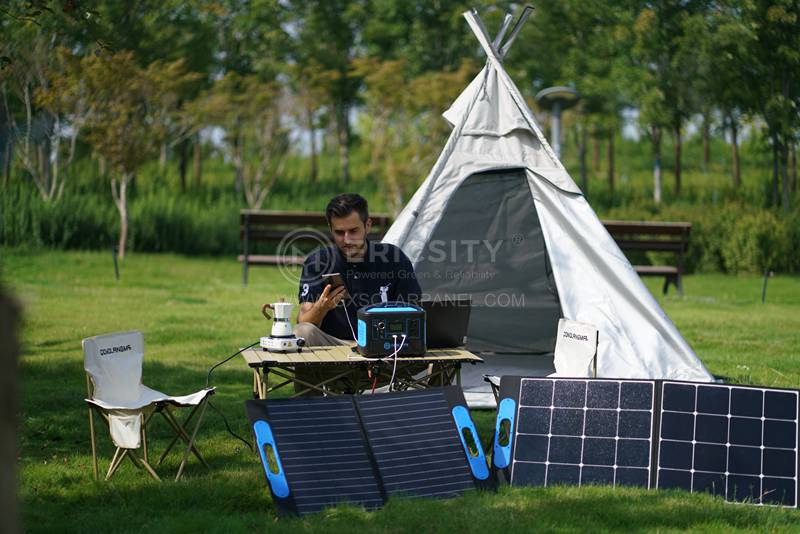HOT PRODUCT
Product Details
The Science Behind 100 Watt Suitcase Panels: How They Generate Power
Title: The Science Behind 100 Watt Suitcase Panels: How They Generate Power
Introduction (50 words)
In recent years, portable solar panels have gained significant popularity among outdoor enthusiasts and off-grid adventurers. One popular option is the 100-watt suitcase solar panels, which provide a convenient and efficient way to generate power while on the move. This article explores the science behind these panels, elucidating the principles that allow them to generate electricity.
Understanding Photovoltaic Cells (150 words)

At the heart of the 100-watt suitcase panels lie photovoltaic (PV) cells. These cells are made from special semiconductor materials, typically silicon, that possess the unique ability to convert sunlight into electricity. Light particles, known as photons, collide with the PV cell’s surface, transferring their energy to electrons within the cell.
The Photovoltaic Effect (150 words)
When photons interact with the PV cell, they dislodge electrons from atoms within the material’s structure. This creates free-flowing electrons and positively charged “holes.” The separation of these charge carriers results in an electric field within the PV cell. This electric field creates an imbalance of positive and negative charges, leading to a flow of electrons, thus generating an electric current.

Construction of 100-Watt Suitcase Panels (200 words)
100-watt suitcase panels are designed with portability in mind, consisting of a series of interconnected PV cells held within a protective and foldable case. Each PV cell within the panel is made up of two thin layers; an upper negatively charged layer and a lower positively charged layer. When sunlight strikes the panel’s surface, it passes through an anti-reflective coating and reaches the PV cells.
Working Principles (150 words)
As sunlight reaches the negatively charged layer, its energy releases electrons, which are then attracted to the positively charged layer. This creates an electric voltage, allowing the generated current to be harnessed. Metal terminals attached to the PV cells collect this current, enabling it to be transferred out of the panel for utilization.
Efficiency and Limitations (100 words)

The efficiency of 100-watt suitcase panels is measured by their ability to convert sunlight into usable electrical energy. Factors such as temperature, shading, and alignment with the sun affect their performance, but technological advancements have significantly improved their efficiency over the years. However, it is important to note that these panels require direct exposure to sunlight, making them less effective in cloudy or shaded areas.
Conclusion (50 words)
The science behind 100-watt suitcase panels revolves around their ability to convert sunlight into electricity using photovoltaic cells. Understanding the principles behind these panels helps us grasp their efficiency and limitations, empowering us to harness solar energy and enjoy portable power while exploring the great outdoors.




